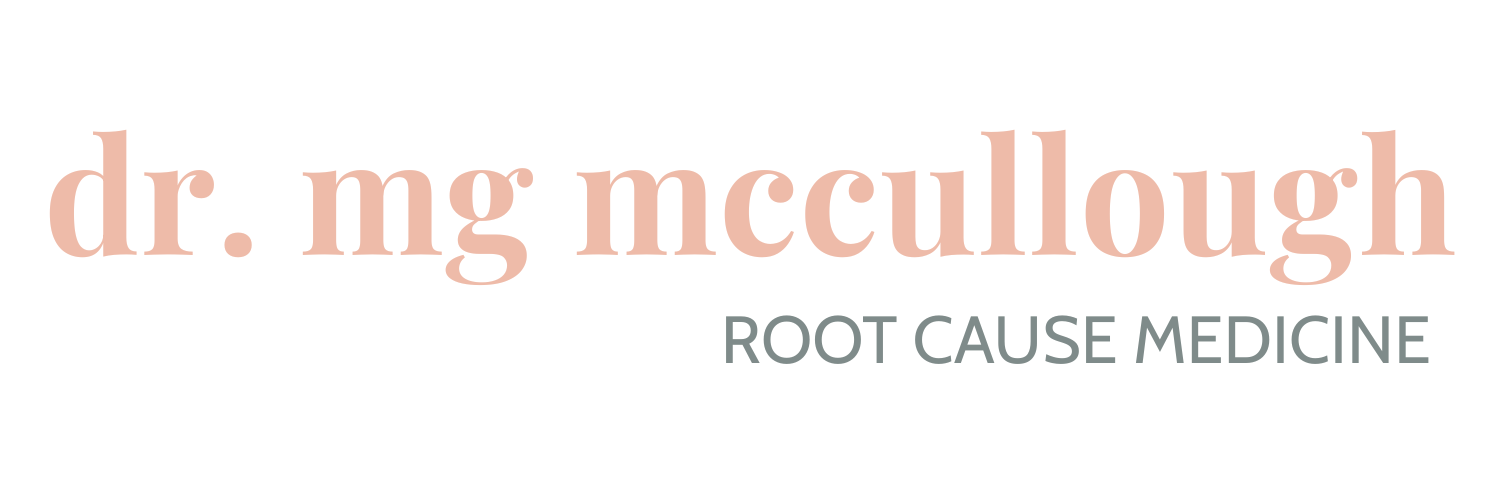how chinese herbs treat the Common Cold
Years ago, I had friend who got a bad cold right before an important presentation in her Phd program. Knowing that I could help with herbs, I asked her what was going on. Her answer was “it’s just a cold”.
Chinese Medicine (CM) has a distinct way of looking at how we contract respiratory diseases, how they progress, and therefore, how they can be treated. Of course, CM also has not only a different way of naming a cold, flu, or other respiratory infection, but also a different approach to treating it.
TLDR: CM helps your body get rid of the cause of the symptoms, whereas OTC conventional medications are usually focused on suppressing symptoms.
Taking CM herbs instead of OTC medications doesn’t mean that symptoms don’t improve; symptoms will absolutely improve, but what you’ll also notice is that you get better more quickly and without the potential for long term effects of suppressing symptoms.
CM Background
Respiratory symptoms that we refer to as the common cold is called an “exterior wind attack”. This comes from the belief that “wind” is a pathogen and causes illness by penetrating the “exterior” layer with cold, heat, or damp. The exterior layer is also known as the “wei” level and is managed by wei qi, which requires adequate kidney yang, stomach fluids, a relaxed liver, and lungs that diffuse properly.
Arguably, the most prevalent school of thought about how we get sick is the Shang Han Lun, which translates to the Study of Cold Diseases. In CM, cold is considered a serious threat to good health, whether in terms of weather or food, which is why no acupuncturist trained in classical medicine will recommend ice baths, cryotherapy, or a diet heavy on raw food. (Raw food is considered energetically cold, even if not thermally cold). The theory is that wind attacks our exterior layer with cold, and if the body is replete with the elements of wei qi, the body creates a micro sweat or a sneeze to push it out and away, and we stay well. If we are worn down and tired, dehydrated, stressed, or have compromised lungs, we may not have enough resources to push out the pathogen, and we get sick.
What we may notice first is a slightly stiff neck and/or traps, because the bladder and the small intestine channels are the most exterior of all the channels and run through the trapezius muscle and up the back of the neck. We may also have body aches. All of this indicates that this cold pathogen is stuck in our exterior layer, so the reason that I encourage people to get in to see their acupuncturist as soon as they start to feel sick is that the treatment principle, both in acupuncture and herbs, is to “release the exterior”.
Using the most exterior points on both the bladder and small intestine channels is a very effective way to help your body push out the pathogen. Cupping is also very helpful in moving out the pathogen. In addition, this same theory applies to herbs, but the important factor in deciding what herbs to give a patient are the specific symptoms s/he has.
For example, if you have a stiff neck, body aches, a headache, a cough, the feeling of fever and chills, but are not sweating or if you are, you’re not feeling better, this is pretty classically what we call a wind-cold, and the classical formula for this is called GUI ZHI TANG (gway jer tong), which is a combination of herbs (we call it a formula) with cinnamon and ginger. It also supports the body’s interior, so that it can support the exterior.
If you had most of these symptoms, but you also had a sore throat and you had a lot of sweating and fever, we this would indicate that you had a wind-heat. Cold will often create heat, as it stagnates qi, so what may have begun as as wind-cold has now turned into a wind-heat, so we would still want to release the exterior and prevent it from going more interior, but a common formula we could use for this is YIN QIAO SAN (yin chow sahn). It has honeysuckle and mint and cool and drain heat. This formula works best for a “cold” that starts with a sore throat and when you take it right away. If you’ve been sick for a few days, other formulas may work better.
Now that you know the difference in these two presentations, you can see how “just a cold” isn’t all we need to know to treat you; we need to look specifically at the symptoms you’re having. If you’re new to Chinese medicine and/or herbs, this probably seems so strange, and maybe it’s more detail than you really need. But my intent is that by explaining the theory behind the medicine, you’re able to see that herbal medicine is a system, even if it’s based on a different system than most of us are accustomed to. And when we apply that system in a knowledgeable way, we get significant results.
Note: Even in the struggle to treat Covid19, many countries are seeing greater success in their outcomes when combined with Chinese herbs with pharmaceutical treatment, so herbs should not be discredited, though it is important to consult with someone who is adequately trained in the system s/he practices. As I’ve said before, the person working in a health food store may or may not be trained in herbal medicine, so it’s best to ask about their training/education before taking their recommendations. Not all states require acupuncturists to have herbal training or licensure, so it’s a good idea to check with your acupuncturist, as well.
